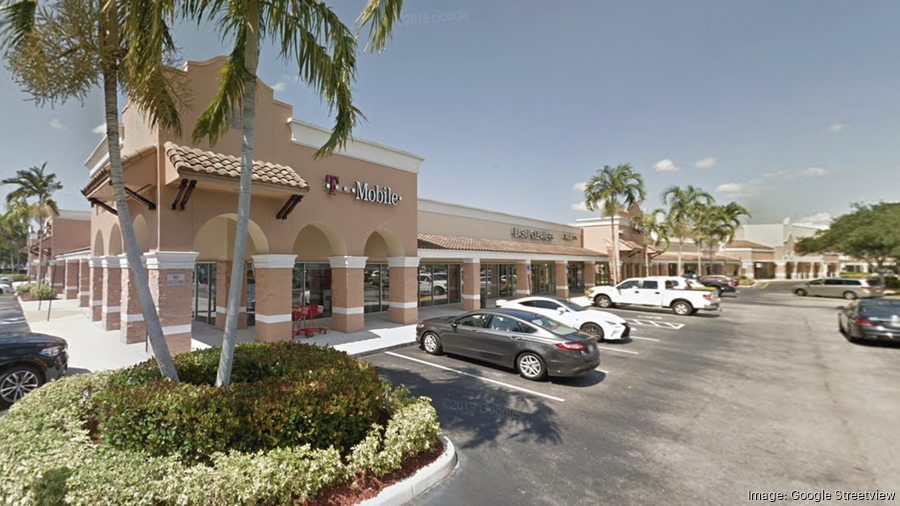Miami's Wealth Transformation: The Millionaire Migration Effect
The Unprecedented Millionaire Influx Reshaping Miami
South Florida is experiencing a wealth transformation of historic proportions. According to a comprehensive analysis by Henley & Partners and New World Wealth, Miami's millionaire population has experienced a staggering 94% increase over the past decade, bringing the total to nearly 39,000 high-net-worth individuals as of 2024. This meteoric rise positions Miami second only to the Bay Area in terms of millionaire growth rates among major metropolitan areas in the United States.
This wealth migration phenomenon gained particular momentum during and immediately following the COVID-19 pandemic, when remote work possibilities combined with Florida's distinctive advantages created a perfect storm for wealth relocation. The state's zero income tax policy, tropical climate, relatively accessible real estate market (compared to New York or California), and minimal pandemic restrictions formed an irresistible combination for affluent professionals and business owners seeking lifestyle improvements.
However, this prosperity wave hasn't lifted all boats equally. The same decade that witnessed this millionaire migration also saw housing costs more than double, creating an affordability crisis that threatens the stability of Miami-Dade's essential workforce demographics and raising questions about the region's sustainable economic future.
Following the Money: Where Miami's New Wealth Originated
Financial data paints a clear picture of where Miami's new millionaires are coming from. The Northeastern United States, particularly New York, has become the primary source of this wealth migration. According to the Citizens Budget Commission, between 2018 and 2022, Miami-Dade County alone attracted nearly 16,000 former New York City residents who brought with them a combined income of $6.1 billion.
This trend extends beyond Miami proper, with Palm Beach and Broward counties collectively gaining an additional 25,000 ex-New Yorkers with nearly $4 billion in earnings during the same period. IRS data analysis reveals even more striking numbers: between 2021 and 2022, $9.5 billion flowed from New York to Florida, representing the largest interstate wealth transfer to the Sunshine State.
Other significant contributors to Florida's wealth influx included:
- New Jersey: $5.3 billion
- California: $4.5 billion
- Illinois: $4.1 billion
In total, Florida experienced a net gain of $36 billion from interstate migration during this single year period, with the tri-county South Florida region (Miami-Dade, Broward, Palm Beach) capturing approximately $25 billion of that amount. After accounting for outbound migration, South Florida netted nearly $9 billion—a financial windfall that continues to reshape the region's economic landscape.
Florida's Growing Status as America's Wealth Haven
The concentration of wealth in Florida has reached remarkable proportions. As of 2022, the state accounted for approximately 10% of all million-dollar-plus household incomes nationwide, second only to California's 16%. The density of wealth has also increased dramatically, with seven out of every 1,000 Florida residents now earning over $1 million annually—the fifth highest rate nationally and nearly double the 2019 figure of four per 1,000.
Perhaps most striking is Florida's growing status as a global wealth center. The state now hosts 620 centimillionaires (individuals with earnings exceeding $100 million), rivaling the entire nation of France, which counts approximately 650 such ultra-wealthy residents.
Why Florida? The Undeniable Appeal for High-Net-Worth Individuals
"There's no state income tax, there's no estate tax, no capital gains tax," explains Glen Steward, founder and chairman of Stewards Investment Capital, who himself relocated from South Africa in 2018. "If you're talking about high net-worth individuals, that's obviously going to be very attractive."
The tax advantages represent just one facet of Florida's multidimensional appeal. The pandemic-driven remote work revolution created unprecedented mobility for high-earning professionals who suddenly discovered they could "run their business, their careers and live in an incredible environment," according to Steward.
This combination of financial incentives and lifestyle benefits continues to drive the wealth migration trend, though Steward acknowledges that even the wealthy may eventually face affordability concerns as property values continue their upward trajectory.
The Displacement Crisis: Miami's Vanishing Middle Class
The wealth transformation reshaping Miami has created a parallel displacement crisis for the region's middle and working classes. Housing prices have surged by an astounding 100%+ over the past decade, creating an affordability gap that has become insurmountable for many longtime residents.
According to Ned Murray, associate director of Florida International University's Metropolitan Center and a housing market specialist, this price surge has effectively priced 94% of Miami-Dade residents out of homeownership. The nonprofit Miami Homes for All estimates a deficit of 90,000 affordable housing units for households earning under $75,000 annually.
The consequences of this affordability crisis are becoming increasingly visible in population data. Between 2020 and 2023, Miami-Dade County lost more than 130,000 residents to outbound migration. Perhaps most concerning for the region's economic future is that 35,000 of these departing residents were in their twenties—representing a critical demographic for the local workforce.
"The price of a single family home or condo is just so, so far out of reach of anyone who actually lives and works here," Murray observed, identifying housing costs as the primary driver of this exodus.
Economic Insights: Understanding Miami's Wealth Transformation
Is Miami's millionaire boom sustainable long-term?
The fundamental drivers behind Miami's wealth attraction—tax advantages, climate, and lifestyle amenities—remain intact and will likely continue drawing affluent residents. However, infrastructure challenges, housing affordability, and climate change vulnerabilities may eventually moderate this growth if not properly addressed through policy initiatives.
How is the wealth influx affecting local businesses?
The millionaire migration has created both opportunities and challenges for Miami's business ecosystem. Luxury retail, high-end restaurants, and premium services have flourished, while businesses catering to middle-income consumers face pressure from rising commercial rents and changing neighborhood demographics. The most successful local enterprises have been those able to pivot toward the preferences and spending habits of the new wealth demographic.
What solutions exist for maintaining workforce housing affordability?
Addressing Miami's housing crisis will require multifaceted approaches, including expanded inclusionary zoning requirements, community land trusts, adaptive reuse of commercial properties, and innovative public-private partnerships focused on workforce housing development. Without interventions, the region risks undermining its economic diversity and resilience as service workers and young professionals continue relocating to more affordable areas.
How are investors differentiating between Miami and other luxury markets?
Miami's luxury real estate presents distinctive investment characteristics compared to other premium markets like New York or Los Angeles. The combination of no state income tax, lower property taxes relative to value, strong rental demand, and international appeal creates a unique value proposition for wealth preservation and potential appreciation, particularly for investors from high-tax states or countries with political or economic instability.
Miami stands at a crossroads between explosive wealth generation and community displacement, creating both unprecedented opportunities and existential challenges. The region's ability to balance these competing forces will determine whether it evolves into a diverse, economically vibrant metropolis or becomes an enclave of concentrated wealth disconnected from the broader community that sustains it.










